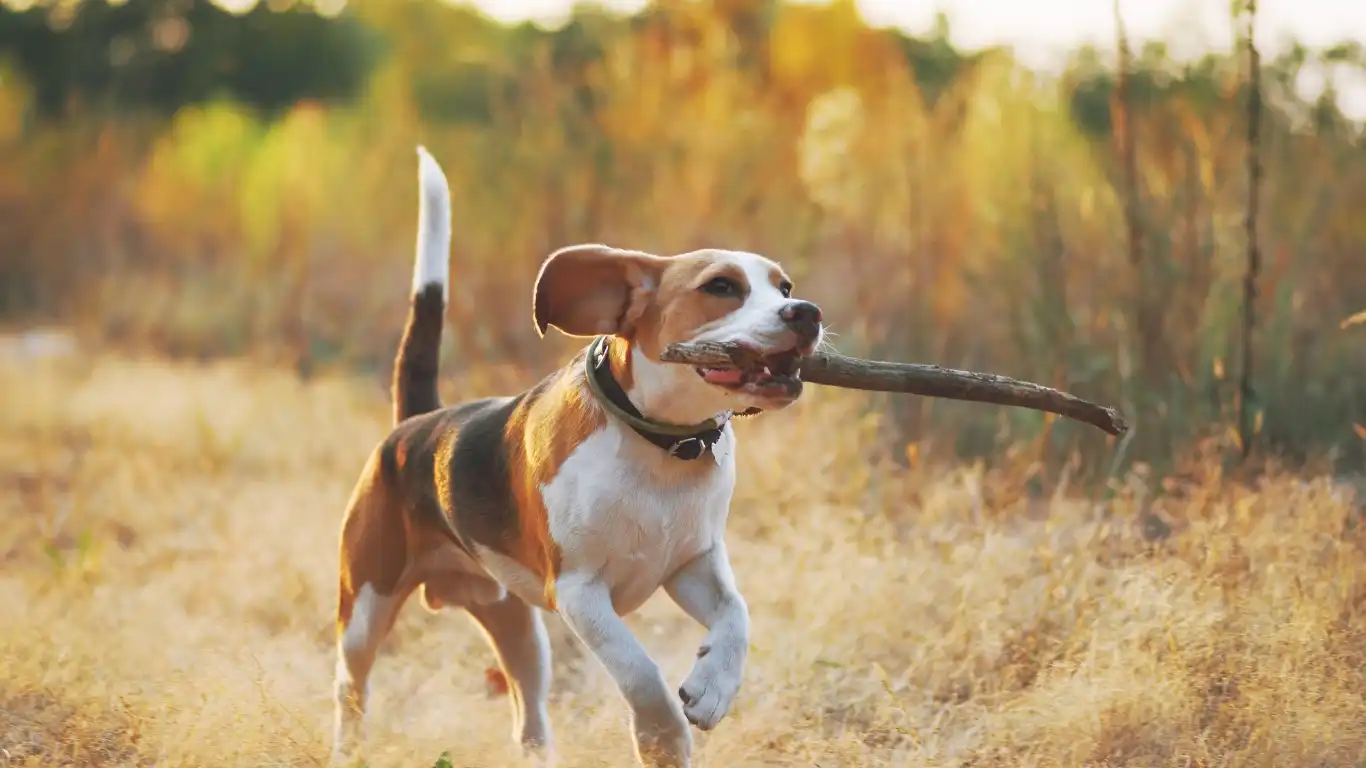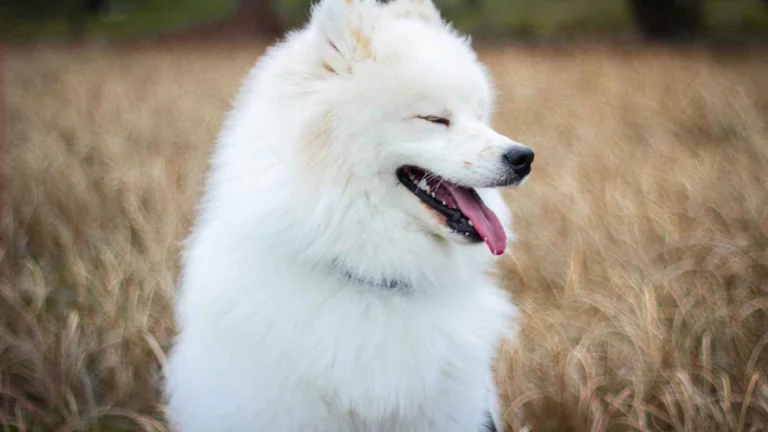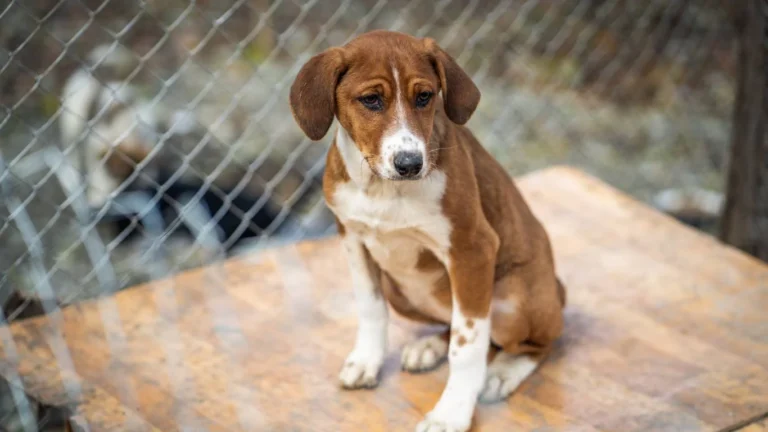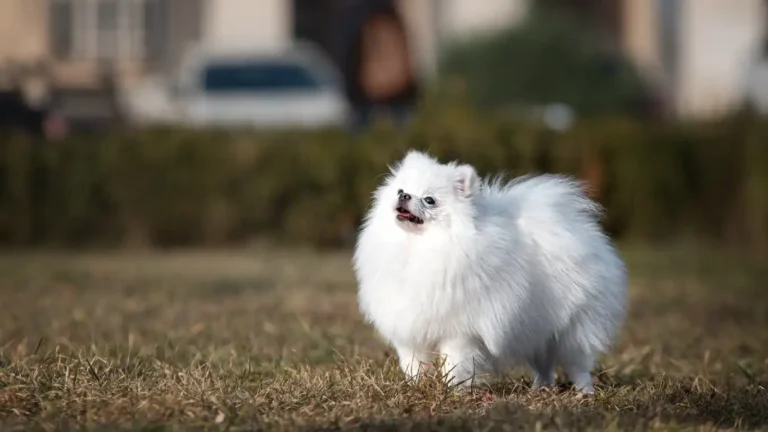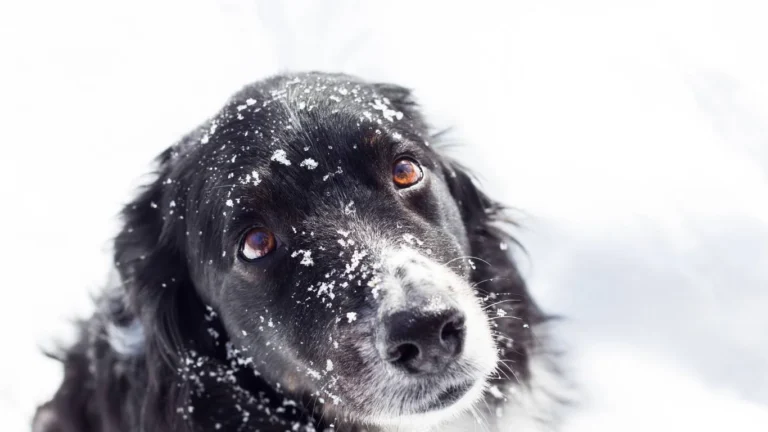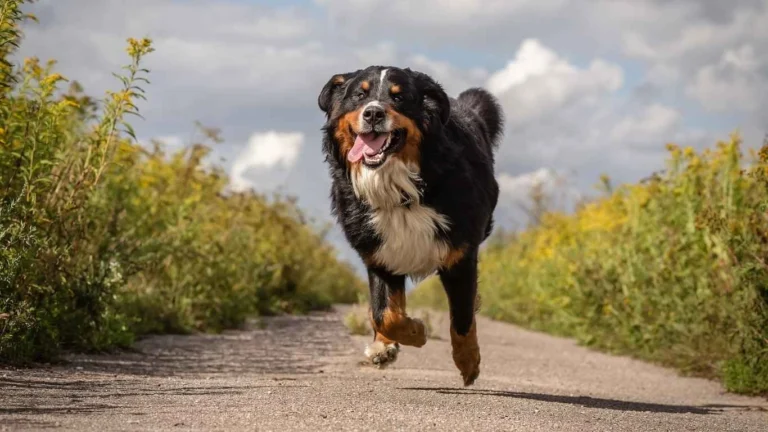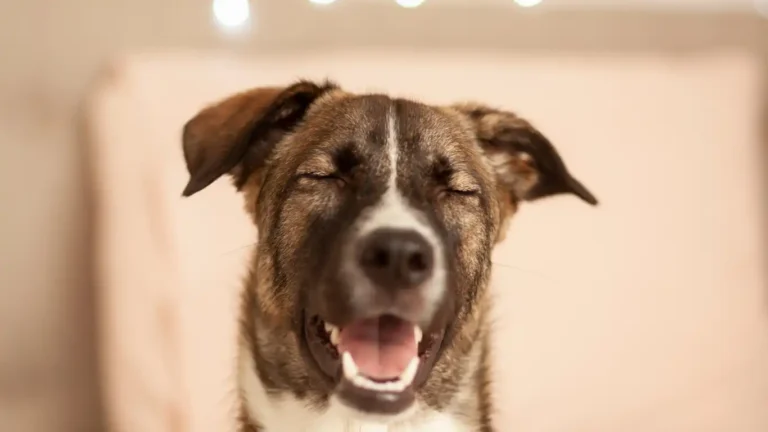Proven Ways to Reduce Anxiety in Dogs When Visiting the Groomer
If you’re like most pet parents, you know that taking your dog to the groomer can be more dramatic than it needs to be. You’re not alone. One of the most common questions I get asked as a vet tech (especially with my nutrition background) is how to reduce anxiety in dogs when visiting the groomer. I’ve seen it all—from dogs who start shaking the moment they see the leash to pups who go into full meltdown mode the second they smell shampoo. Trust me, anxiety at the groomer is real, but the good news? There are practical ways to make it a lot less stressful—for both of you.
Understanding Where the Anxiety Comes From
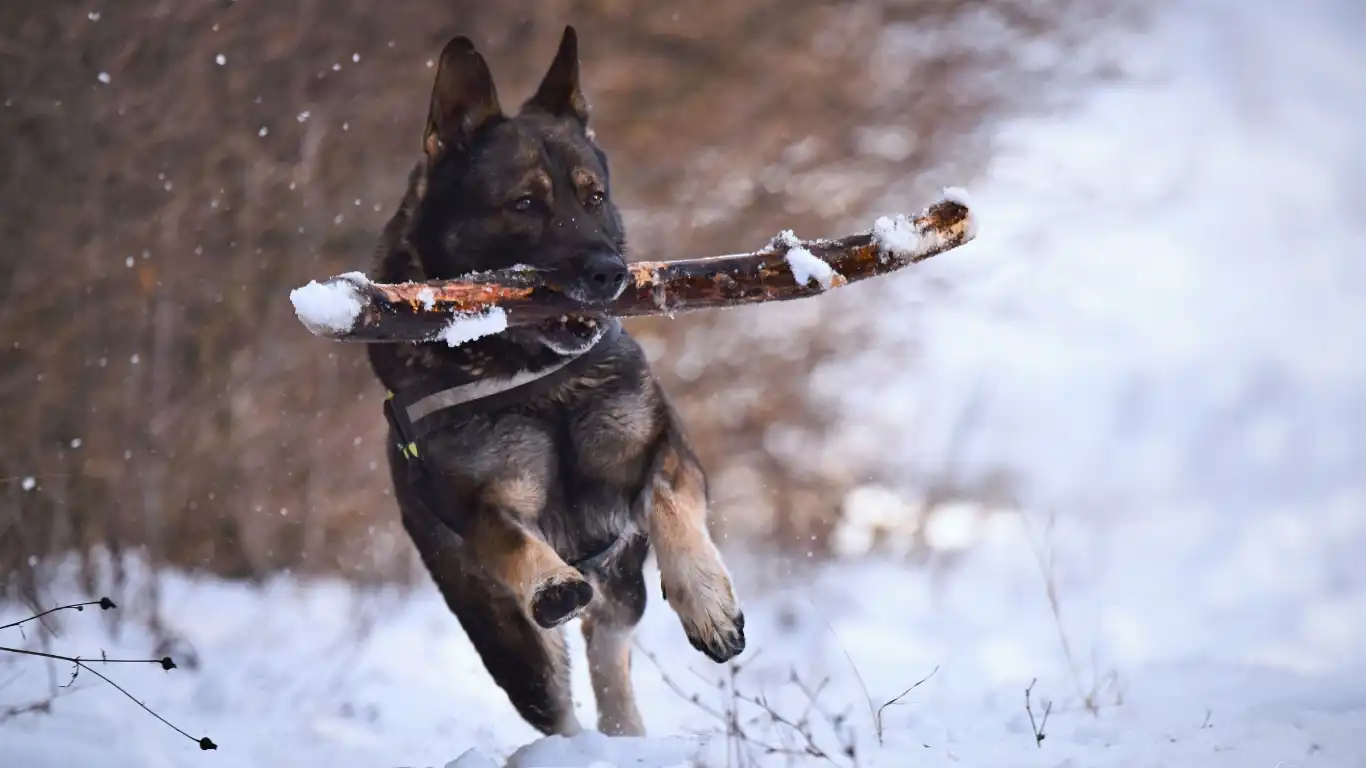
Before we can fix it, we’ve got to understand it. Anxiety in dogs at the groomer can come from a bunch of different places. And no, it’s not always about the clippers or that weird dryer that sounds like a jet engine. For many dogs, it’s the combination of unfamiliar smells, sounds, people, and restraint. Think about it—being lifted onto a table, having tools buzzing near their ears, getting touched in sensitive areas—it’s a sensory overload!
From my experience in clinic settings and behind-the-scenes at grooming salons, I’ve noticed that some dogs also have lingering negative associations from past visits. Maybe a rough experience, maybe being rushed through a grooming appointment. Whatever it was, dogs remember. Their noses and nervous systems are sharp like that.
Signs Your Dog Is Anxious (Before You Even Leave the House)
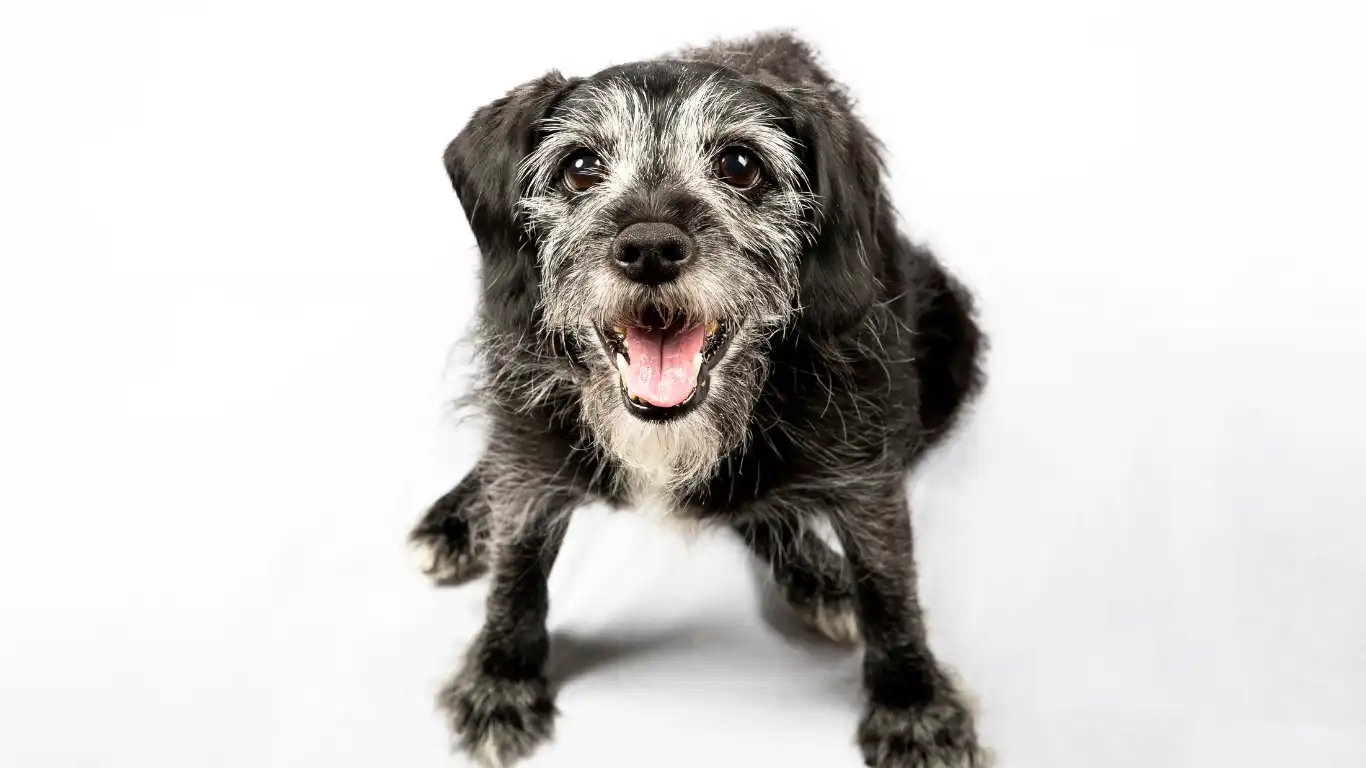
Sometimes the signs are super obvious, like whining or hiding under the couch. But other times, it’s more subtle. Here are some common signs your dog may be feeling anxious about the upcoming grooming session:
- Excessive panting even when it’s not hot
- Licking lips or yawning (these are classic stress signals)
- Pacing or being unable to settle
- Shedding more than usual (yep, stress can do that!)
- Refusing to get in the car or go near the leash
If your dog shows any of these signs, it’s worth taking a step back and reevaluating how you’re prepping them for the groomer. And I’ve got a few tips for that…
How to Reduce Anxiety in Dogs When Visiting the Groomer
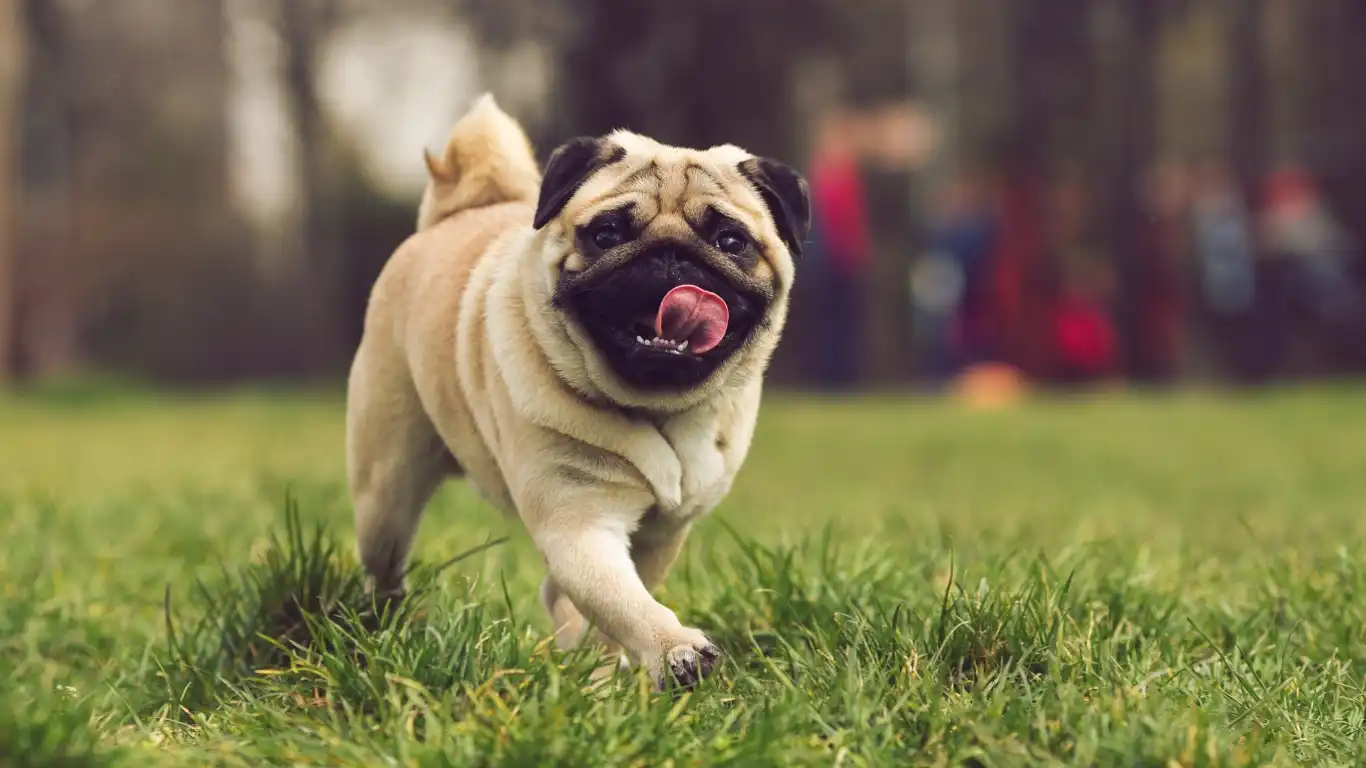
Okay, now for the good stuff. The key to helping your dog feel better about the groomer is familiarity and positive associations. Here’s what’s worked for me (and countless clients I’ve coached over the years):
1. Start with Short, Positive “Fake” Grooming Sessions
You don’t have to wait for the actual appointment to start helping your dog adjust. Set up little sessions at home where you brush them, touch their paws, gently hold their tail, and use the sound of clippers or a blow dryer (from a distance at first). Reward them constantly with high-value treats, praise, or even playtime. These positive exposures can make a huge difference.
2. Visit the Groomer Without Getting Groomed
Yes, seriously. Bring your dog to the salon just to hang out. Let them sniff around, meet the staff, and get a treat at the front desk. No bath, no trim—just good vibes. I’ve had several clients who swear by this technique, and I’ve seen anxious pups start to warm up in just a few visits.
3. Adjust Feeding Times and Bathroom Breaks
From a nutrition standpoint, I often suggest not feeding a large meal right before a grooming session—especially for nervous dogs. An upset stomach can make anxiety worse. Instead, give a small snack about 2 hours before. And always make sure they’ve had a potty break, because nothing adds to stress like a full bladder during a grooming appointment.
4. Consider Calming Supplements or Treats
This is where my nutrition background comes in handy. There are some great calming chews and supplements on the market that can help take the edge off without sedating your pup. Look for ingredients like L-theanine, chamomile, or tryptophan. I always recommend consulting your vet before starting anything new, but I’ve seen real results with these when used consistently and correctly.
Desensitizing Your Dog to Grooming Tools and Sounds
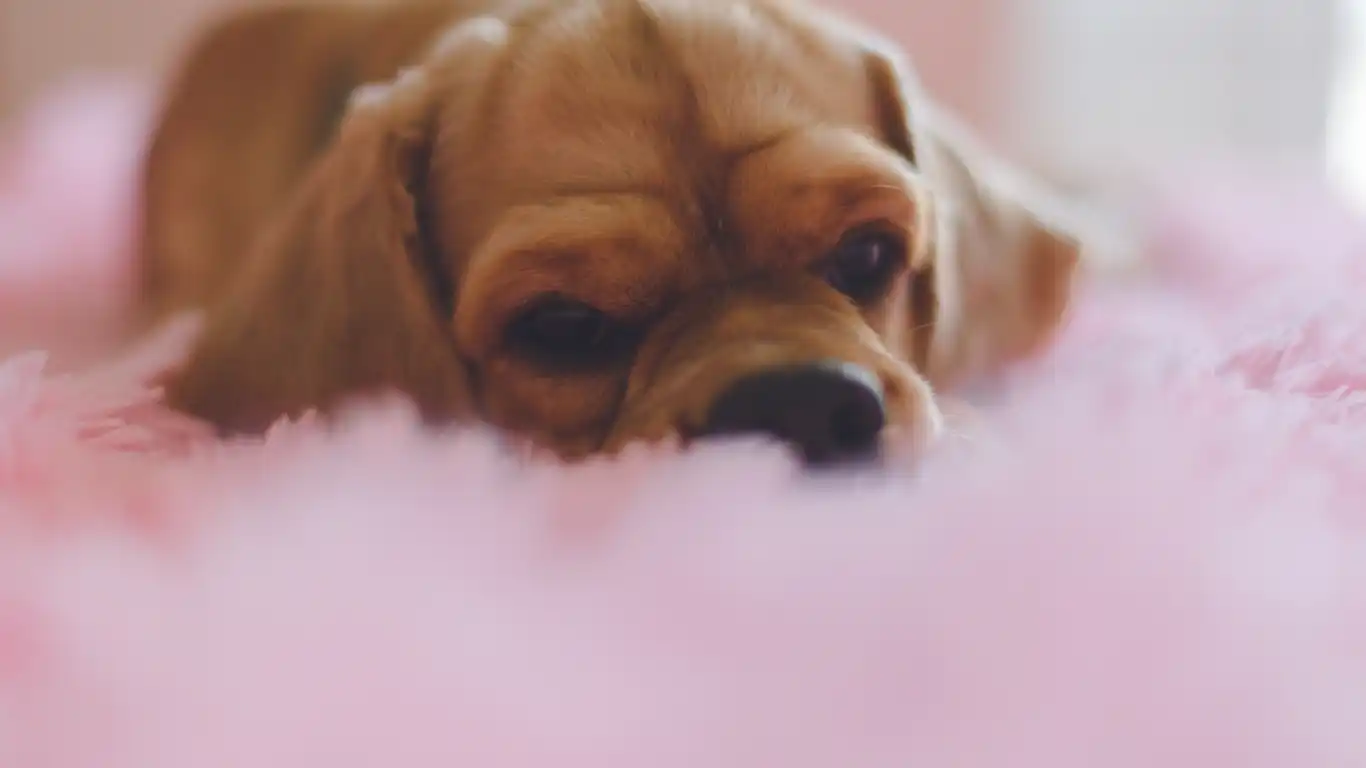
One of the most underrated ways to reduce anxiety in dogs when visiting the groomer is helping them get comfy with the tools of the trade *before* they even see the groomer. This part is kind of fun too—think of it like training, but chill. I always tell pet parents, “Make it a game.”
Lay out clippers, brushes, and even a dryer (turned off) where your dog hangs out. Let them sniff and explore with zero pressure. For dogs who are noise-sensitive (which is more common than you’d think), start by playing grooming sounds at a low volume. YouTube has some great “dog grooming sounds” playlists. Gradually increase the volume over days or weeks—whatever your pup can handle—while offering treats and love.
When I worked at a fear-free certified clinic, we’d even use recorded blow-dryer noise during puppy visits to normalize the sound early on. It’s all about positive exposure, and trust me—it makes a huge difference in how dogs react during real sessions.
Partnering With the Right Groomer
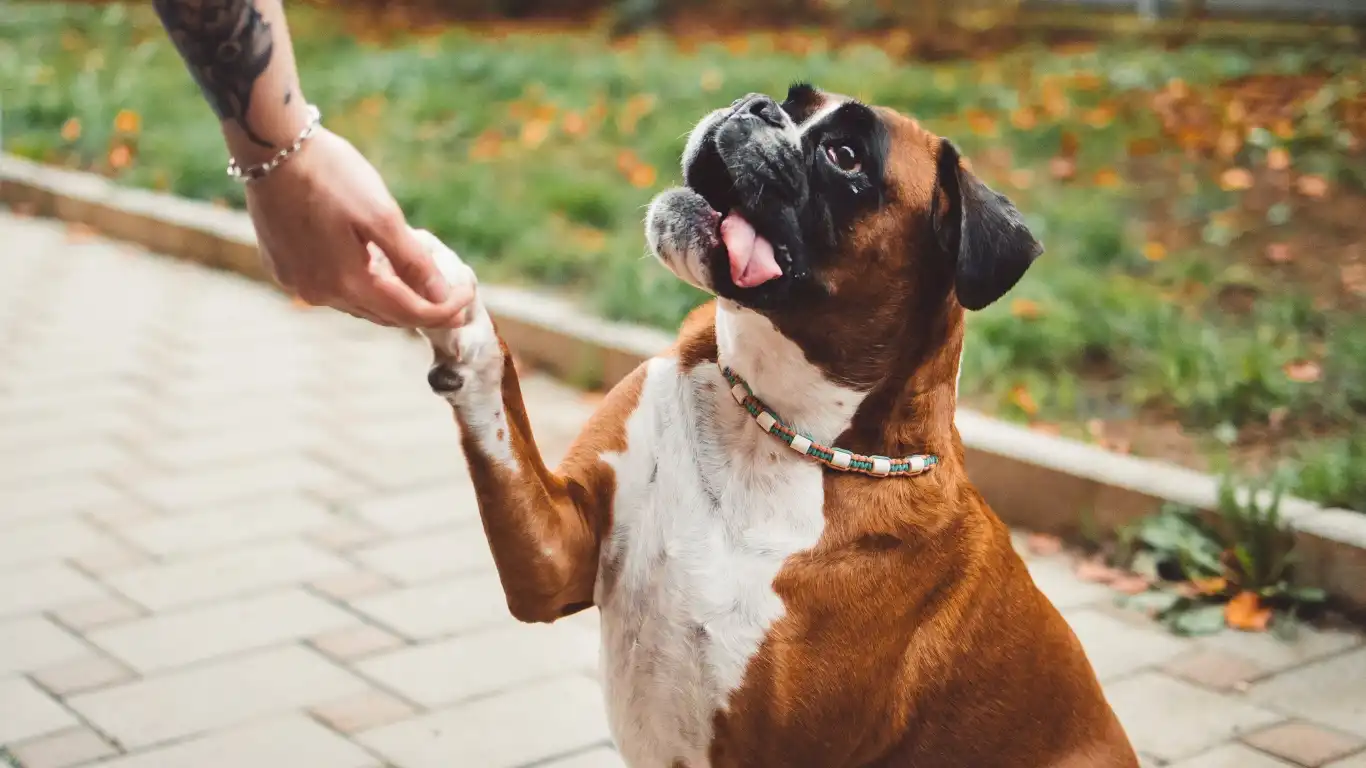
Not all groomers are created equal, and that’s especially true when it comes to handling anxious dogs. One thing I always stress when coaching pet parents is to find a groomer who understands behavior, not just haircuts. The right groomer should be patient, gentle, and willing to adapt their process based on your dog’s comfort level.
If you’re not sure where to start, ask your vet clinic for a recommendation. I’ve worked alongside some amazing groomers who were basically behaviorists in disguise. Look for those who offer:
- Fear-free or low-stress handling certifications
- One-on-one appointments (no chaotic grooming rooms)
- Flexible scheduling for anxious or senior dogs
- Transparency—video updates or open grooming setups are a bonus
And don’t be afraid to interview groomers! I always suggest visiting without your dog first, chatting with the staff, and observing the environment. If they’re rushed, dismissive, or use outdated tools/techniques, it’s a red flag. Your dog deserves better.
Creating a Calming Routine Before Appointments
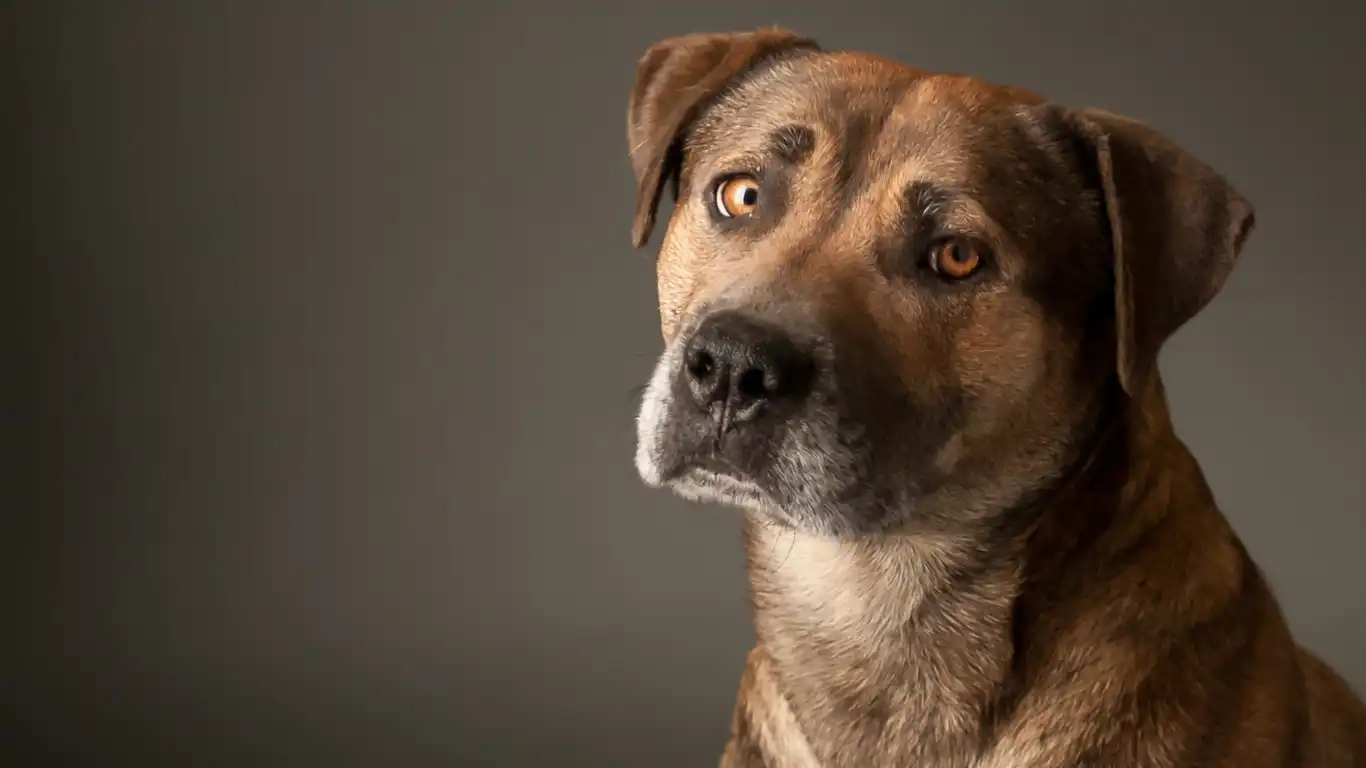
As someone who has walked hundreds of clients through pre-groomer routines, I can say that what happens at home before the appointment matters more than people think. You know your dog better than anyone, so tailor a ritual that helps them feel relaxed, safe, and in control before leaving the house.
Here’s a sample pre-grooming routine I often recommend:
- Early morning walk – not too long, but just enough to burn off nervous energy.
- Interactive play – a short tug or puzzle toy session can work wonders to mentally tire them out.
- A calming treat – or a lick mat with peanut butter or goat’s milk 30-45 minutes before the trip.
- Comfort item in the car – bring a favorite blanket or toy to help soothe during travel.
One dog mom I worked with started giving her nervous pup a frozen banana Kong an hour before grooming appointments—it distracted him long enough to keep his stress levels low. Another client swears by gentle massage or calming essential oil sprays (dog-safe only!) right before heading out.
When to Talk to Your Vet About Anxiety Support
Sometimes, despite all the training and preparation, dogs still struggle. And that’s okay. Just like people, some dogs have a harder time coping with certain situations, especially if they have a history of trauma, separation anxiety, or general nervousness. In those cases, I always recommend looping in your vet. We’re a team, after all.
Veterinarians can offer a few tools to help, like:
- Short-term anti-anxiety meds for grooming days (non-drowsy options exist!)
- Long-term anxiety support if grooming anxiety is part of a larger issue
- Referrals to veterinary behaviorists or certified trainers
There’s no shame in asking for help. In fact, I’ve seen many dogs thrive once their anxiety was managed more comprehensively. And when grooming stops being scary? Life just gets easier for everyone involved.
Tips for the Day of Grooming: Keeping Calm and Confident
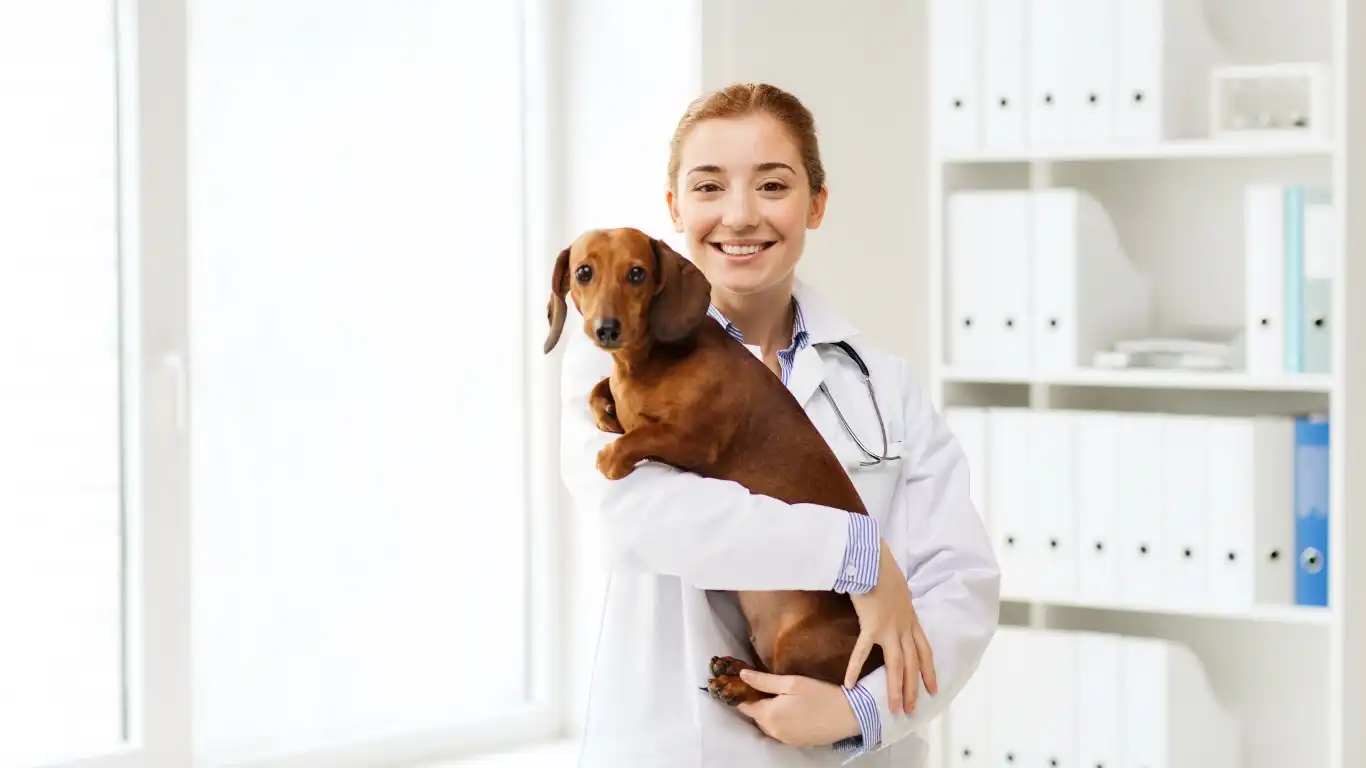
So, the big day is finally here. After all that prep, you might be wondering: how can I keep the vibe chill so my dog feels safe and calm during the actual grooming visit? This is where your energy and attitude play a surprisingly big role. Dogs are like little emotional sponges—they pick up on our moods more than we realize.
Here’s what I recommend from my hands-on experience as a vet tech:
- Stay relaxed yourself. Take a few deep breaths before you leave, and talk to your dog in a soft, soothing tone. Your calm energy can help settle their nerves.
- Keep arrival low-key. Avoid frantic greetings or rushing. If your pup is super anxious about the car ride or waiting area, try to minimize wait times by scheduling off-peak appointments.
- Use familiar comfort items. Bring that favorite blanket, toy, or even a piece of your clothing with your scent. These small things can act like a security blanket.
- Trust your groomer. If you’ve chosen someone who knows your dog well and respects their boundaries, try to let go and let them do their job. I know it’s easier said than done, but dogs can sense your tension.
And remember, even if things don’t go perfectly (some pups just have “off” days), every visit is a step towards building positive experiences. Consistency is key.
Aftercare: Helping Your Dog Wind Down
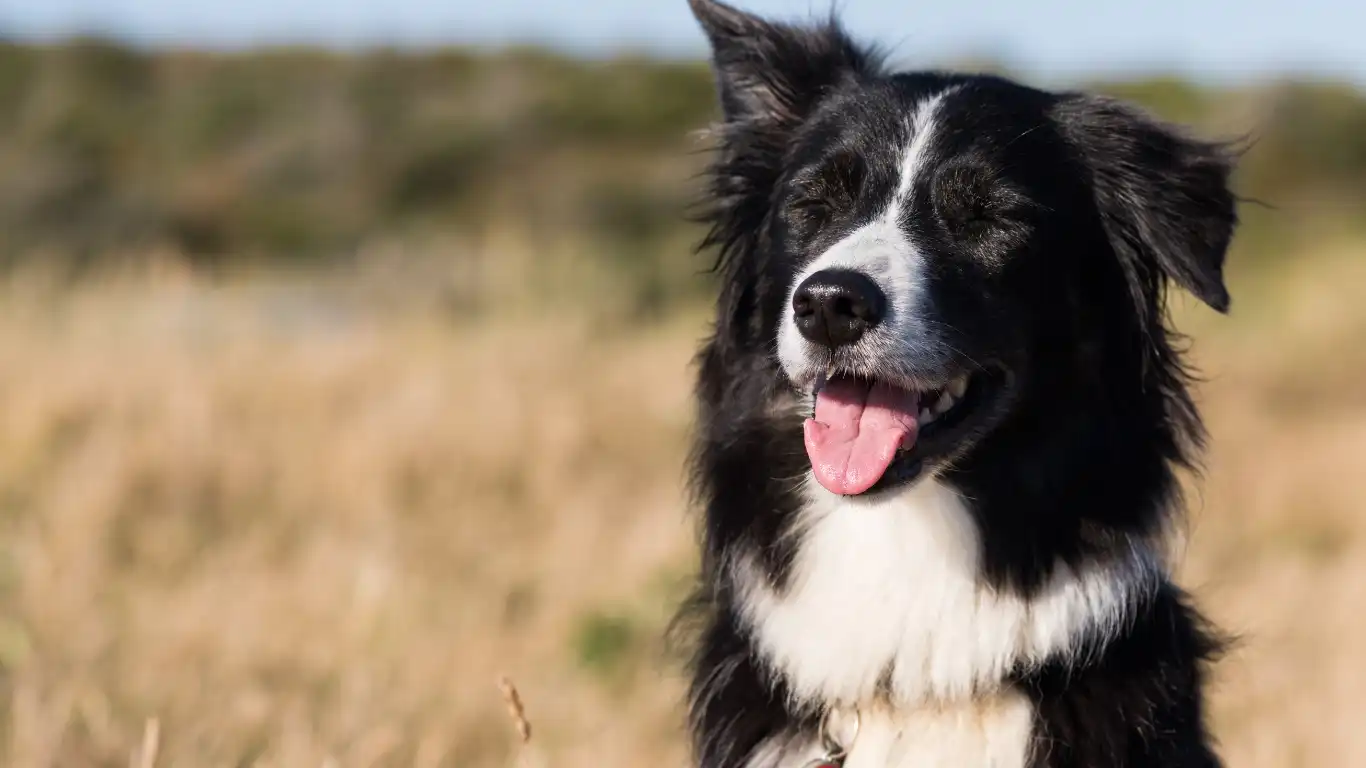
The grooming appointment might be over, but the work isn’t quite done. Post-grooming care is just as important for keeping your dog calm and happy. From personal experience, I always encourage owners to plan for some downtime right after the groomer.
Here are some tried-and-true post-grooming tips that can make a world of difference:
- Quiet space at home. Give your dog a cozy, calm area to decompress without distractions. Some pups might want to nap right away, others might prefer gentle petting.
- Hydration and snacks. After a session that can be mentally draining, fresh water and a little treat help restore comfort and normalcy.
- Monitor for stress signs. Sometimes anxiety shows up *after* the event—shaking, pacing, or restlessness. If you see these, try calming techniques like massage or light play.
- Keep grooming tools accessible at home. This helps maintain the positive associations you’ve been working on. A quick brush session a day or two later can remind your dog that grooming can be nice.
From working with many nervous dogs, I can tell you that the aftercare routine is a vital piece of the puzzle. It reinforces trust and shows your dog that they’re safe with you no matter what.
Additional Resources and References
For those who want to dig deeper or explore professional advice, here are some solid places to check out:
- American Veterinary Medical Association (AVMA) – Great for general pet health and behavior tips.
- Association of Professional Dog Trainers (APDT) – Excellent resource for training techniques, including anxiety management.
- ASPCA – Offers lots of behavior and welfare information.
- PetMD – Informative articles on anxiety, supplements, and calming strategies.
Disclaimer
This article is intended for informational purposes only and should not replace professional veterinary advice. If your dog’s anxiety is severe or persistent, please consult your veterinarian or a certified animal behaviorist to develop a tailored plan. Every dog is unique, and what works for one may not work for another.
